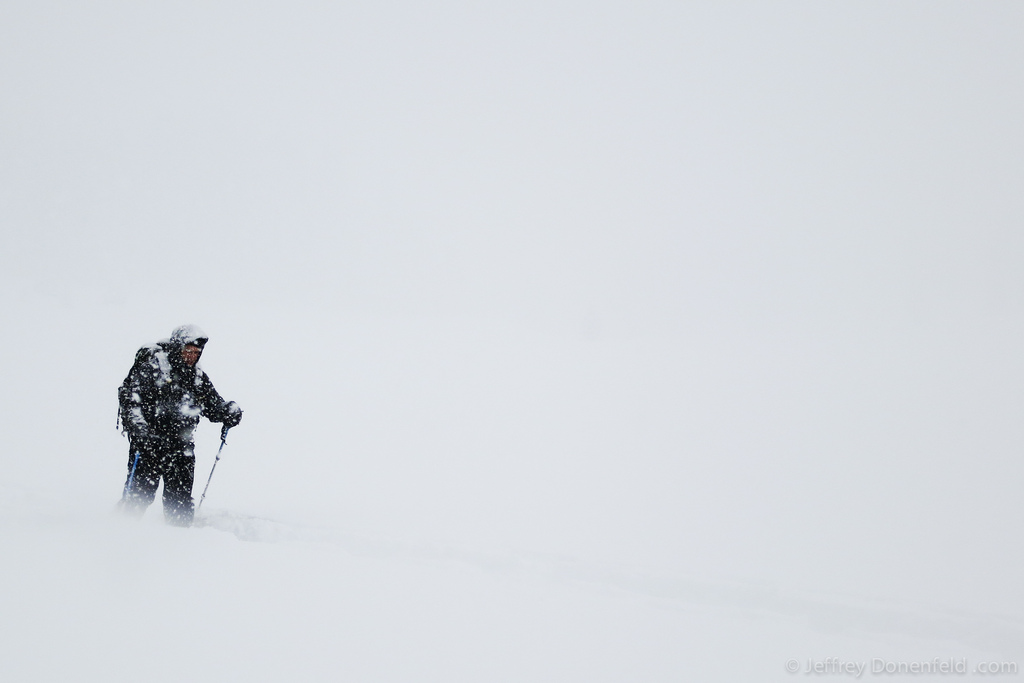This morning I got a brief mention in the Washington Post on how to survive in cold temperatures. They only published a few from my list – here’s the full list:
Tips on how to survive the cold weather, from an Antarctic worker’s perspective:
- Layer Layer Layer. Instead of one big bulky jacket, plan your cold weather clothing out in versatile layers. In general, start with a light baselayer, then one or more medium insulating layers like sweaters and pullovers, then a warm “poofy jacket” layer, and then top it all off with a waterproof shell layer. This way, you can adjust the amount of clothing you’re wearing for the conditions and amount of work. If you’re feeling warm, you can remove layers. Cold and you can add layers.
- Stay warm, but not too warm. On very cold days it can be tempting to wear everything you’ve got, even while you’re working outside. But if you’re doing work, get too warm and start sweating, and then stop working, that sweat can cool you back down rapidly, creating a dangerous situation. Plan your layers to stay warm for the amount of work you’re doing outside, while not overheating.
- Wear wicking fabrics, avoid cotton. Wear fabrics such as wool and synthetics, that will wick away sweat, dry fast, and stay warm even if they get wet. Fabrics such as cotton are indeed comfortable when dry, but as soon as they get wet they lose their insulating properties. In very wet environments, or wet snow, avoid down insulation, and stick to synthetics. At the South Pole Station, Antarctica, our coats are insulated with goose down, because it’s so cold there that nothing every melts – totally dry.
- Remember to protect your face and any other exposed skin. Working in 24/7 sunlight at the south pole requires all skin to either be covered at all times, or lots of sunblock to be used. If you’re going to be outside for an extended period, make sure to cover exposed skin- like your lips, nose, ears with sunblock. Better yet, cover up with a neck gaiter or scarf. The goggles we wear at the south pole often have nose guards attached to them, for sun and wind protection.
- Use eye protection. When snow covers the ground, it acts as giant reflector of the suns energy. Be sure to wear adequate eye protection for the high light levels. Additionally, if you’re going to be working on snow in full sunlight for a while, be sure to apply sunblock to skin facing the ground – I’ve seen numerous people sunburn the bottom of their chin, nose, and roof of their mouth from sunlight reflected off the snow.
- Take extra layers and backups. While working on the Antarctic Ice, losing something as simple as a glove or sunglasses becomes a major safety issue. Always prepare with backups of essential items, such as hats and gloves, eye protection, and extra layers. I usually carry a few single use charcoal handwarmer packets too, just in case.
Washington Post: 7 tips on surviving the cold from people living in cold places. (PDF Link)
